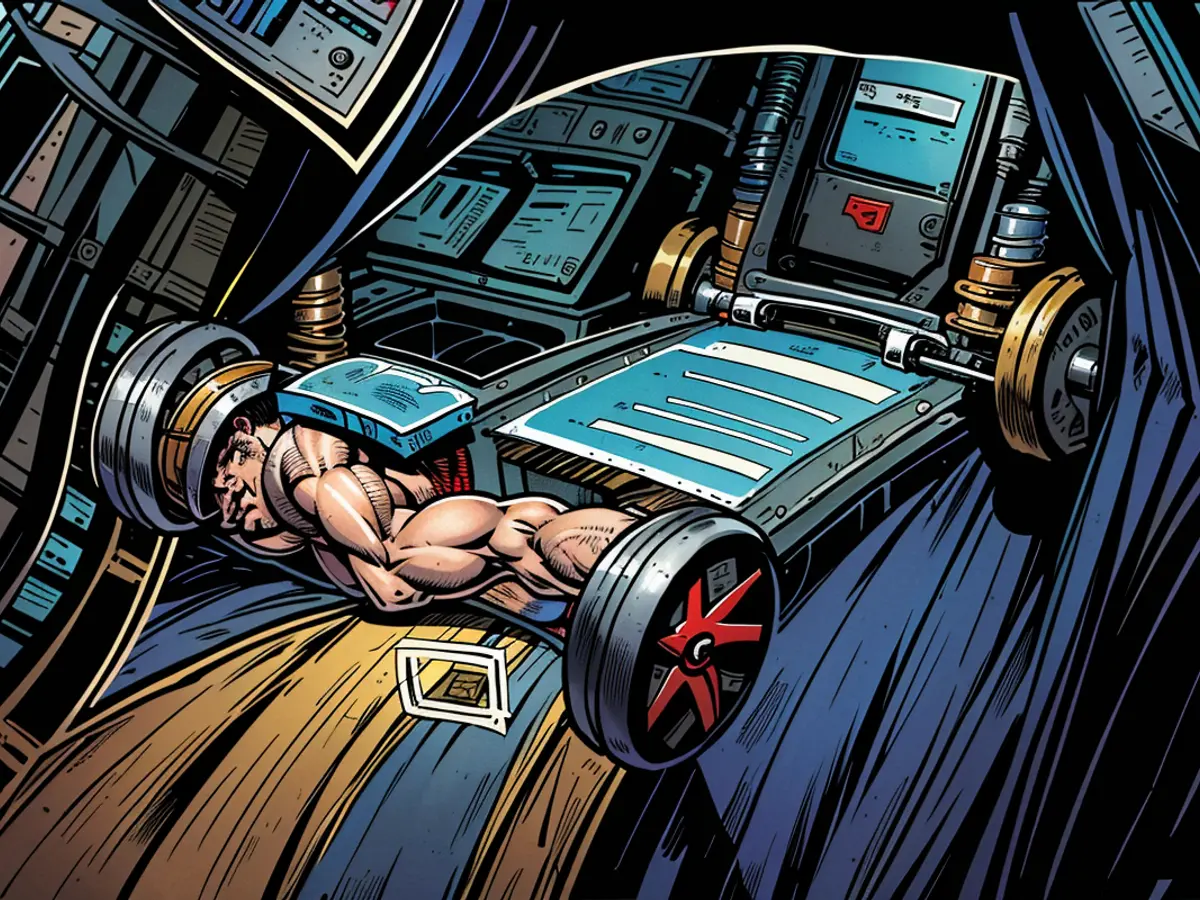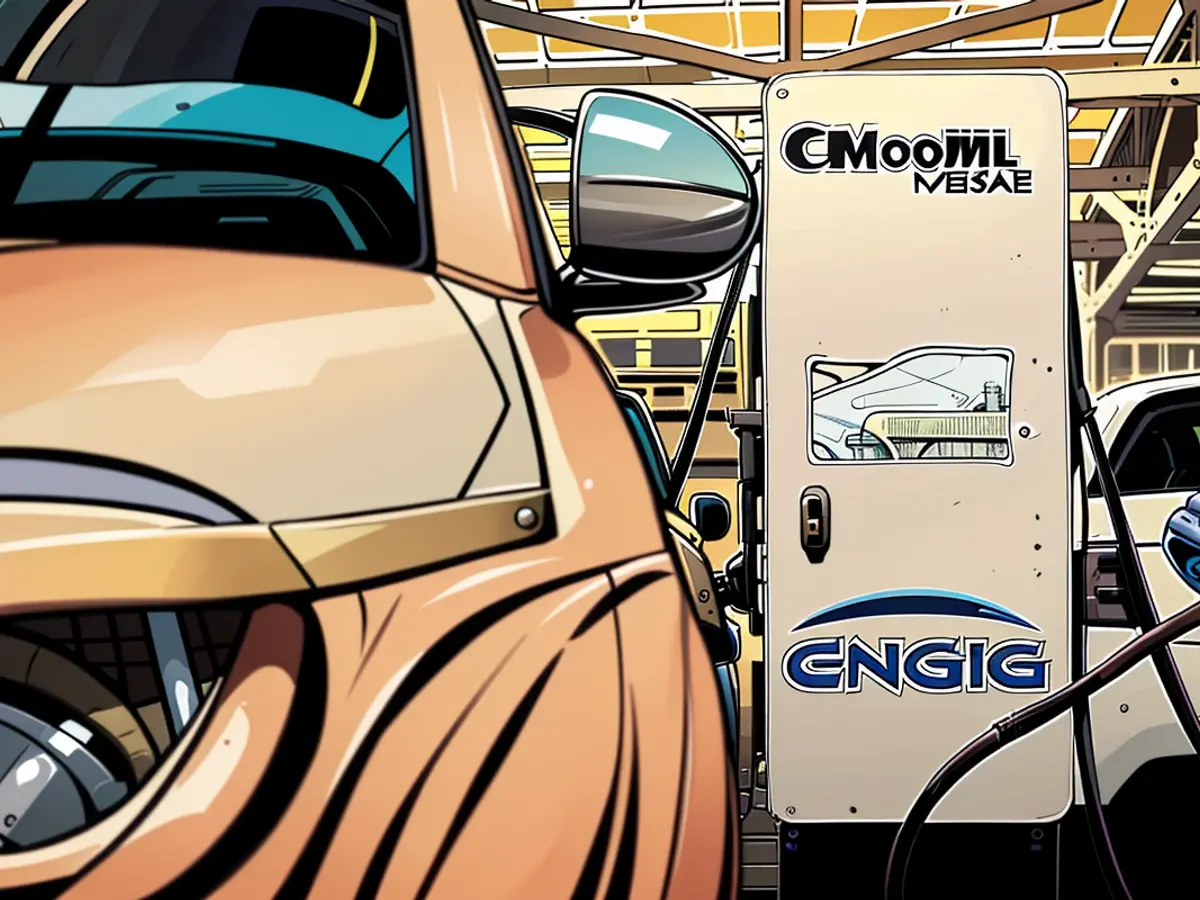Electric vehicle as energy storage: understanding bidirectional charging
Electric vehicles can be pricey to purchase, but they may offset these costs with lower operational expenses. In the future, car owners could even make money by feeding their vehicle's battery energy back into the power grid.
With bidirectional charging, cars not only receive electricity from the grid but also send it back in. This could significantly change the cost-benefit equation for many vehicle owners. This feature is expected to earn them several hundred euros each year, significantly reducing their transportation expenses. The final obstacles to grid energy feeding are expected to be removed soon.
Renault's mass-market vehicles are the first to get bidirectional charging technology. They're working with charging technology partner "The Mobility House" on a "Vehicle-to-grid" (V2G) approach. Renault's Mobilize subsidiary sells the energy stored in the battery at the Paris Stock Exchange EPEX Spot, and the vehicle's owner gets a share of the profit. However, an appropriate AC wallbox is required. Other manufacturers like Volvo, Mercedes, VW, Nissan, Mitsubishi, Hyundai, and Kia already have vehicles capable of bidirectional charging.
Frank Spennemann, Smart Charging Head at Mercedes-Benz Mobility, explains how power sales work for customers: "For example, if you load excess electricity during the day in the summer at a low cost, you can then use your electric car as a storage device and sell it back to the grid through the power exchange." Storing surplus energy is sustainable, as it increases grid stability and reduces energy costs. Mercedes sees a significant opportunity in this service.
Initially, bidirectional charging may remain a niche phenomenon. While there are some solutions available, they're limited to specific models and manufacturers. A significant breakthrough isn't expected until after 2025 due to the slow growth of electric vehicles. However, by 2028, the technology could see a boom thanks to standardization and interoperability. Several norms and technical regulations concerning measuring and controlling the energy flow must be implemented for this to happen.
The amount of earnings from power grid sales depends on the user's usage scenarios, the duration of their parking times, and their vehicle's flexibility. The industry anticipates potential gains in the medium three-digit range. On average, around 500 to 600 euros per year are possible.
"A power trade at your own charging station should not be too complex for the customer," warns Spennemann. Customers may opt for a model where a broker handles the energy trading instead of the individual.
Technically, bidirectional charging is no longer an issue. The slow adoption is due to the slow development of electric mobility and the outdated, analog nature of Germany's power grid. Additionally, there have been few dynamic household electricity tariffs in this country, which are standard in Northern Europe. From 2025, all electricity suppliers will be required to offer variable and dynamic electricity tariffs. Smart meters will also be available for all customers, enabling cost-effective trading based on current electricity prices.
There's a key difference between AC (alternating current) and DC (direct current) charging. Bidirectional charging through AC is more common as it allows fluctuations and can be handled by most grids. However, DC charging is more efficient in terms of transmission loss and reduces wear on the grid. It's also becoming more common in charging stations with higher power levels.
Ultimately, bidirectional charging could potentially increase revenue for both vehicle owners and electricity companies. But, it's important to ensure that the primary purpose of the vehicle - transportation - is not affected.
The technology that's becoming increasingly popular for broad application is bidirectional charging using alternating current (AC). This approach is already being used by several new wallboxes and some upgraded older models. The advantage of this method is that the hardware effort required at the charging station is significantly lower. But, to use this technology, the vehicle will need to have an upgraded and more expensive on-board charging unit.
While the efficiency may be slightly lower compared to direct current technology, the lower costs make up for it. Companies like Renault and Volvo are putting their faith in this approach, and even Volvo is allowing their customers the option of both alternating and direct current injection.
In terms of making money, selling electricity alone might not be the only option for electric car users in the future. With a large enough fleet, electric cars in Germany can function as a virtual power plant, helping to absorb peak loads and prevent power grid bottlenecks. The network operator will pay the car owners for these services.
The money received for their contribution to the grid is a form of wear and tear compensation. Charging and discharging the battery can potentially put quite a bit of stress on it. However, car manufacturers say that the impact is relatively low. With intelligent control and adaptation to the owner's usage habits, the impact can be further minimized.
The possibility of profitable electricity trading adds to the appeal of electric vehicles. Initially, this would only be for owners of charging stations, but eventually, all electric car owners could participate.
Currently, you can only feed electricity into the grid at a fixed connection point in Germany. However, in the future, it should be possible to do so from any charging station or wall box. This would mean that every electric car driver could become a power trader in their spare time.

Read also:
- Electrification of the automobile industry is actively being pursued by various car manufacturers, such as Volvo, which offers both alternating and direct current injection options for their models.
- Renewable energies are playing a significant role in electromobility, as car manufacturers like Renault are integrating bidirectional charging technology into their models to feed excess electricity back into power grids for grid stabilization and potential revenue generation.
- Utilizing bidirectional charging technology can lead to significant cost savings for vehicle owners, with estimated earnings of around 500 to 600 euros per year, taking into account factors like usage scenarios, parking times, and vehicle flexibility.
- Sustainability is at the forefront of the transformation towards electromobility, as bidirectional charging not only reduces energy costs but also improves grid stability and supports climate protection efforts.
- To fully unlock the potential of bidirectional charging, norms and technical regulations concerning measuring and controlling energy flow must be implemented, enabling interoperability and standardization within the power grid for a broader range of electric car models.
- The implementation of dynamic household electricity tariffs and smart meters is expected to expedite the adoption of bidirectional charging, as electricity suppliers are required to offer variable and dynamic electricity tariffs from 2025, enabling cost-effective trading based on current electricity prices.
- The progress of electromobility and the outdated nature of traditional power grids are currently hindering the widespread adoption of bidirectional charging, but as standards and technologies develop, the trend towards electrifying cars and integrating energy trading is expected to gain momentum, significantly impacting both vehicle owners and electricity companies.








